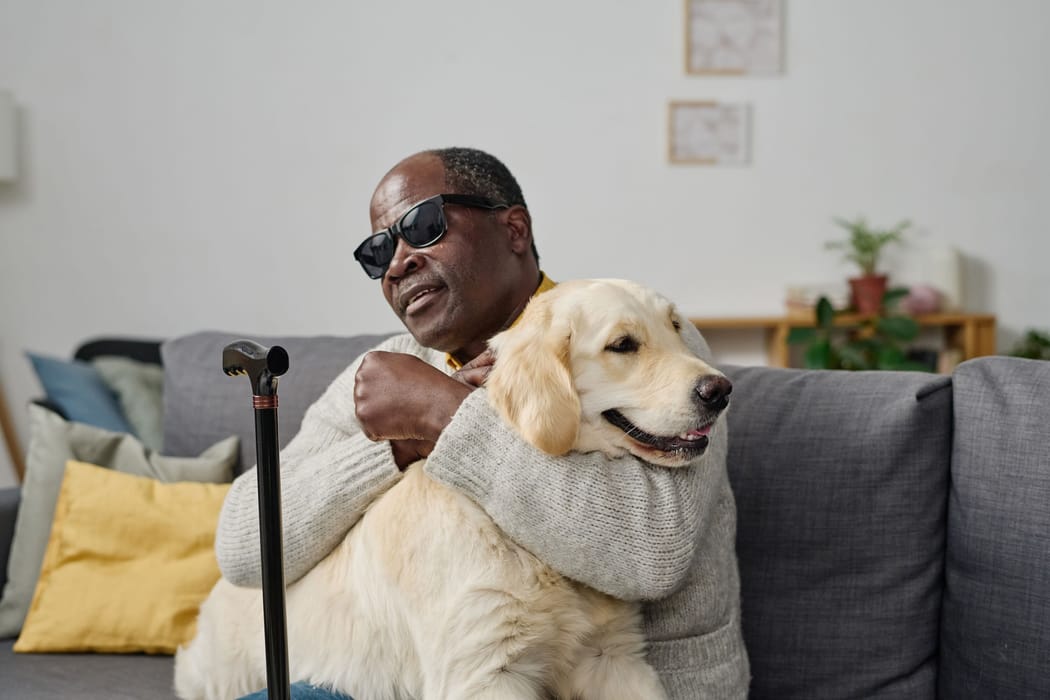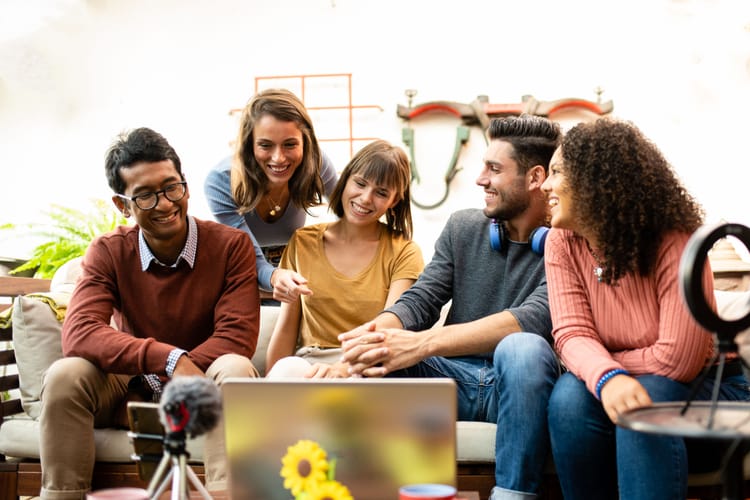If someone can’t access your show, they can’t become a listener. It’s that simple.
Accessible podcasting is about removing the barriers that stop people from pressing play, whether that’s missing transcripts, clunky design, or content that doesn’t reflect their world. And when you do it well, you make your show better for everyone, not just a few.
This article is all about how to make that happen, with practical steps, inclusive podcasting tips, and tools that help you reach more people in more meaningful ways.
Accessible Podcasting: Why It Matters More Than Ever
Podcasting is meant to be for everyone, but too often it isn’t. People who are Deaf, hard of hearing, visually impaired, neurodivergent, or non-native speakers can face real barriers when shows don’t prioritise accessibility. And when that happens, you’re not just excluding potential listeners — you’re shrinking your podcast’s reach and impact.
Accessible podcasting goes beyond compliance. It’s about designing a listening experience that’s welcoming and easy to engage with for all kinds of audiences.
And the best part is, accessibility helps everyone. Transcripts boost SEO, captions make video easier to watch anywhere, and inclusive language builds trust and loyalty. When you focus on accessibility, you make your show more discoverable, more inclusive, and ultimately more successful.
How to Make Your Podcast More Accessible
These inclusive podcasting tips will help you remove barriers, reach a wider audience, and make your show genuinely accessible to everyone.

Make Full Transcripts Non-Negotiable
A transcript is a written version of your entire episode, and it’s one of the most useful accessibility tools you can offer. It enables Deaf and hard-of-hearing audiences to follow along, helps non-native speakers understand complex sections, and provides search engines with text to index, allowing your show to appear in more search results. It also turns every episode into a reusable piece of content you can link to, quote from, or repurpose into articles and newsletters.
Here’s how to do it well:
- Publish transcripts as standalone pages on your website rather than hiding them in a PDF or link. A dedicated URL (like yourwebsite.com/podcast/episode-42-transcript) makes them easy to find and boosts discoverability. This differs from blog-style show notes or articles based on your episode. While those are great for SEO and marketing, a raw transcript serves a different purpose: it gives full, equal access to the original conversation and ensures nothing is lost in translation.
- Make them word-for-word. Include the whole conversation, not just a summary, so people who rely on text have access to the same experience.
- Use speaker names and timestamps. Label who’s speaking before each section and add timestamps (for example, [05:32]) so readers can easily navigate.
- Break text into short, scannable sections. Big blocks of text are intimidating — short paragraphs make reading easier.
- Add an episode summary and key takeaways at the top. A brief overview and a few key points provide context for those skimming or deciding whether to listen.
- Link to related resources, past episodes, and anything mentioned in the show. This improves SEO and helps build authority around your topic.
- Embed the player on the same page. Let people listen and read in one place, which improves user experience.
- Include a clear call-to-action at the end. Invite readers to subscribe, sign up for a newsletter, or check out your latest episode. Another thing you can add? Links to sponsors.
Podcast transcription services and tools like Descript, Otter.ai, and Sonix make transcription faster. Rev offers highly accurate human-edited options if precision is what you’re looking for.
🎙️ Podcasting tip: Add podcast schema markup — a small piece of code that tells search engines exactly what your page contains, making it more likely your episode appears in search results and voice assistant recommendations. Tools like Yoast SEO or Rank Math can automatically generate podcast schema markup for each episode page once you fill in basic details like the title, description, and audio URL.

Add Captions to All Video Content
Captions are simply text versions of what’s being said on your show, displayed on screen as the audio plays. They serve as both an accessibility feature and a discovery and engagement tool. Videos with captions perform better on social media because they’re easier to watch without sound, and they make your content searchable on platforms like YouTube and Google. They also boost viewer retention by making key moments easier to follow and quote.
Here’s how to do them well:
- Edit, don’t rely on auto-captions. Most platforms generate captions automatically, but they’re often filled with errors. Constantly review and clean them up before publishing.
- Use clear, readable formatting. Keep sentences short, make sure they’re timed correctly, and label speakers if more than one person is talking.
- Offer downloadable caption files (like SRT or VTT) on your website. These are standard text files that contain all your caption data, including the timing of when each line appears. They make it easy to upload your captions to other platforms, improve compatibility with accessibility software, and allow users to turn captions on or off when watching your content.
- Translate captions into additional languages if you have an international audience. Even one extra language can significantly expand your reach.
- Use tools to speed up the process. Descript, Veed.io, and Kapwing are excellent tools for generating and fine-tuning captions with minimal manual work.
Captions might seem like a technical detail, but they’re one of the most effective ways to make your video content more discoverable, more shareable, and more engaging.

Design an Inclusive and Accessible Listener Experience
Accessibility doesn’t stop at the audio itself. The way people interact with your podcast, from the website they visit to the player they press play on, can make the difference between someone becoming a loyal listener or leaving within seconds. An inclusive listening experience means removing barriers before the episode even starts.
Here’s how to do it well:
- Build your site with accessibility in mind. Follow basic WCAG principles: use high color contrast so that text is readable, ensure your site works with keyboard navigation, and ensure that all interactive elements are clearly labeled for screen readers.
- Make your player easy to use. Choose a podcast player with large, clearly labelled buttons and simple controls. It should be fully keyboard accessible and compatible with screen readers.
- Use descriptive alt text for images. Any graphics, guest photos, or episode covers should include alt text so people using screen readers know what they’re looking at.
- Keep fonts clean and readable. Avoid overly stylised fonts or tiny text sizes that make reading hard. Stick to standard, high-contrast fonts that display well on all devices.
- Design for mobile first. Most listeners will visit your site or click play from their phones. Make sure the layout, text, and buttons are easy to navigate on a small screen.
- Link transcripts and resources clearly. Don’t make users hunt for extra materials. Add them directly below each episode player so they’re easy to find.
🎙️ Podcasting tip: Run your site through a free accessibility checker like WAVE or Accessibility Checker. These tools flag issues such as low contrast, missing alt text, or unreadable buttons, so you can fix them quickly.
Prioritise Inclusive Language and Representation
The words you choose, the guests you feature, and the stories you tell all shape whether someone sees themselves reflected in your show. Using clear, respectful, and inclusive language builds trust and makes your podcast welcoming to a broader audience.
Here’s how to put that into practice:
- Use language that includes, not excludes. Avoid jargon, stereotypes, or assumptions about your audience’s background, gender, or abilities. Choose terms that are respectful and widely understood.
- Diversify your guest list and stories. Feature voices with different lived experiences and perspectives. Representation signals to listeners that your show is for them too.
- Be culturally aware. Double-check references, jokes, and examples for how they might be interpreted by people from different cultures or communities.
- Review past episodes. Reflect on your language and guest choices. If you notice patterns of exclusion, plan future episodes that fill those gaps.
🎙️ Podcasting tip: Think beyond language barriers. Meta has introduced AI translations for Reels on Facebook and Instagram — a free feature that dubs and lip-syncs videos into another language using the creator’s own voice. It currently supports English-to-Spanish and Spanish-to-English translations, with more languages on the way, allowing podcasters to reach entirely new audiences without recording additional content.

Use Tools and Services That Simplify Accessibility
Along with the tools we’ve already mentioned throughout this article, there are plenty of others that can make accessible podcasting much easier without adding hours to your workflow. Here are a few worth exploring:
- Headliner: great for turning audio into visual content with built-in captioning. It automatically generates subtitles for clips, making it easy to create accessible audiograms and social videos.
- AccessiBe: a powerful accessibility plugin that scans your website and applies fixes automatically, from alt text and ARIA labels to keyboard navigation support.
- Podsqueeze: automatically generates accurate transcripts, subtitles, and SRT files from your episodes. It’s a simple way to make your content readable and searchable without hours of manual work.
- Maestra: goes a step further by translating and dubbing audio into multiple languages while keeping the speaker’s tone natural. Perfect if you want to reach a global audience without re-recording.
- Adobe Enhance Speech: an AI-powered tool that instantly cleans up audio, removing background noise and echo so voices sound clear and easy to follow. Great for improving guest recordings that aren’t studio quality.
These just scratch the surface of what’s available. New tools and features are constantly being launched, so it’s worth exploring what’s available and experimenting with what works best for your show and audience.
Learn From Podcasts That Are Doing It Well
If you want inspiration for how accessibility can be done right, look at the accessible podcasting
shows already leading the way. For a list of additional examples, visit the Accessible Podcast Directory website.
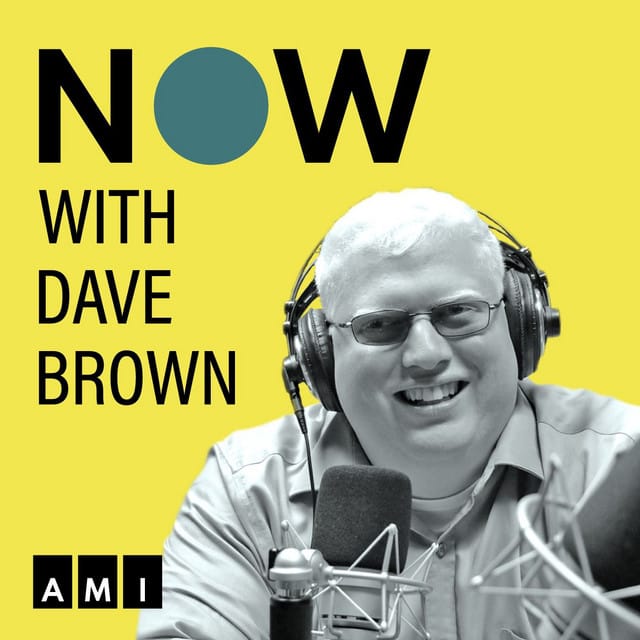
NOW with Dave Brown
This daily podcast from Accessible Media Inc. covers news, sports, culture, and current events through a disability lens. Hosted by Dave Brown, the show combines interviews, panel discussions, and original reporting to explore how various stories intersect with accessibility and inclusion.
Why it’s accessible: The show is produced by an organization dedicated to accessibility, so it’s built into every part of the experience. Each episode is transcribed, and resource links are often included. Many discussions focus directly on accessibility challenges and solutions in both the digital and physical worlds.
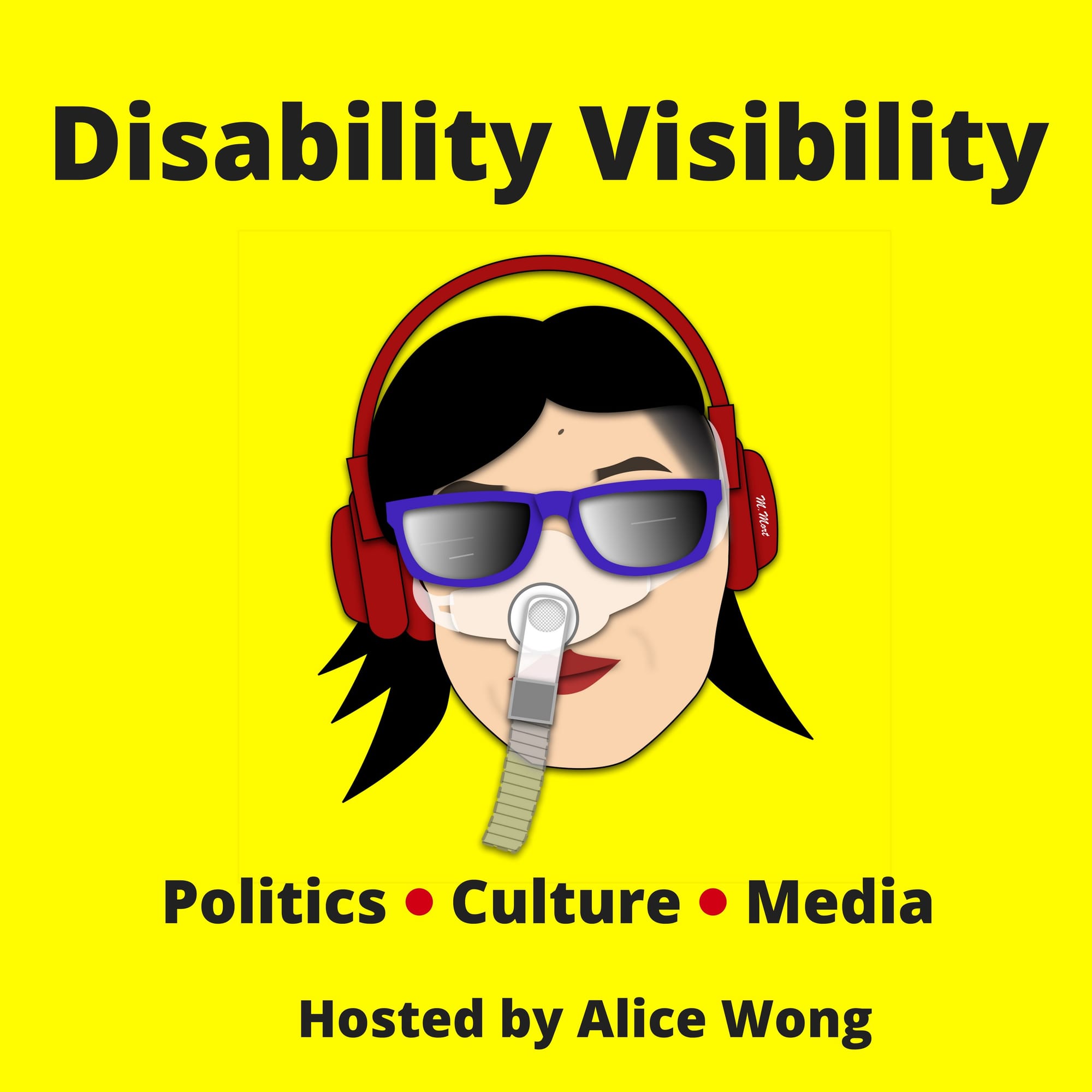
Disability Visibility Project
Hosted by activist and writer Alice Wong, this podcast celebrates the stories, cultures, and lived experiences of people with disabilities. Each episode features conversations with advocates, artists, scholars, and community leaders, exploring disability from many perspectives.
Why it’s accessible: Accessibility is at the heart of this show’s mission. Every episode includes a transcript, and the website utilizes alt text and accessible formatting to facilitate easier navigation. The content itself also centres diverse disabled voices, which broadens representation and helps listeners see accessibility as a cultural conversation, not just a technical requirement.
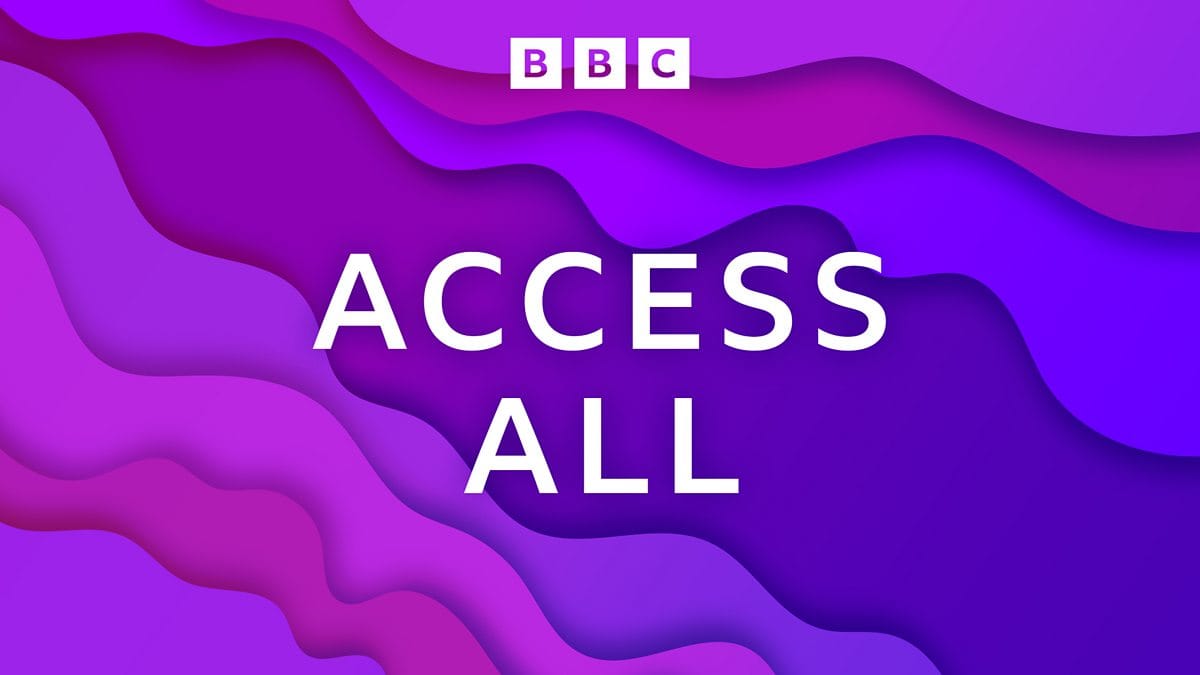
BBC Access All
A weekly podcast that explores disability stories, news, and culture with nuance and depth. Hosted by Nikki Fox and Emma Tracey, the show blends interviews, reporting, and personal experiences to highlight how accessibility intersects with daily life, politics, and pop culture. It’s designed to be both informative and entertaining, appealing to both disabled and non-disabled audiences.
Why it’s accessible: Accessibility is built into the show’s entire structure. Every episode comes with a full transcript on the BBC website, the language is clear and jargon-free, and the site itself is designed with strong accessibility standards, including alt text, readable fonts, and easy navigation. Even the topics and guests reflect disability experiences, making representation part of the storytelling.
Accessible Podcasting is Good for Everyone
Accessible podcasting isn’t just about meeting standards. It’s about making sure everyone can engage with your work. From transcripts and captions to inclusive language and thoughtful website design, each step you take opens the door to a wider audience and builds deeper trust with the one you already have. In a world where accessibility in media is becoming the norm rather than the exception, following these inclusive podcasting tips helps your show stand out for the right reasons and creates a listening experience that truly welcomes everyone.

